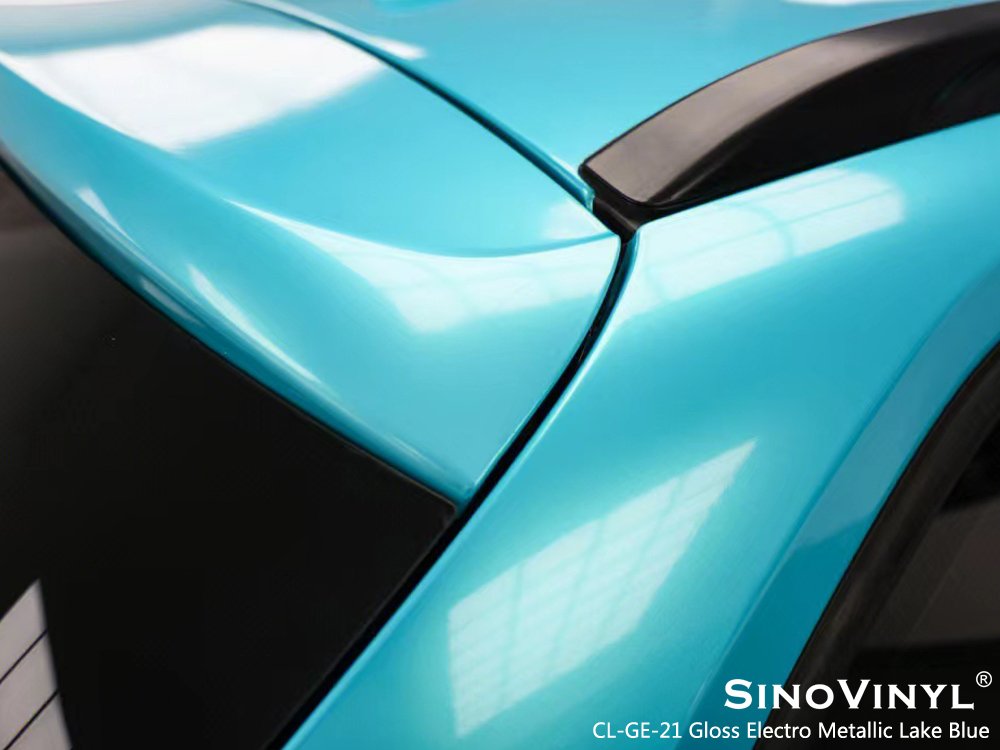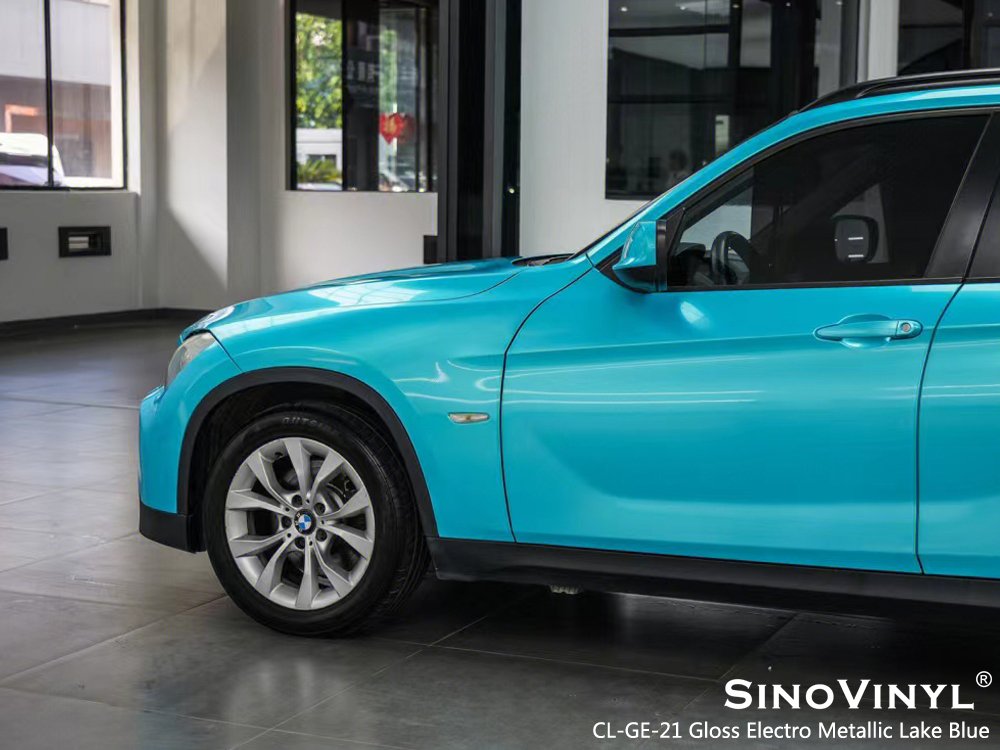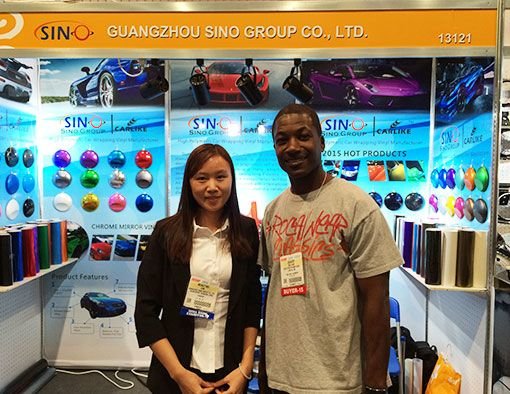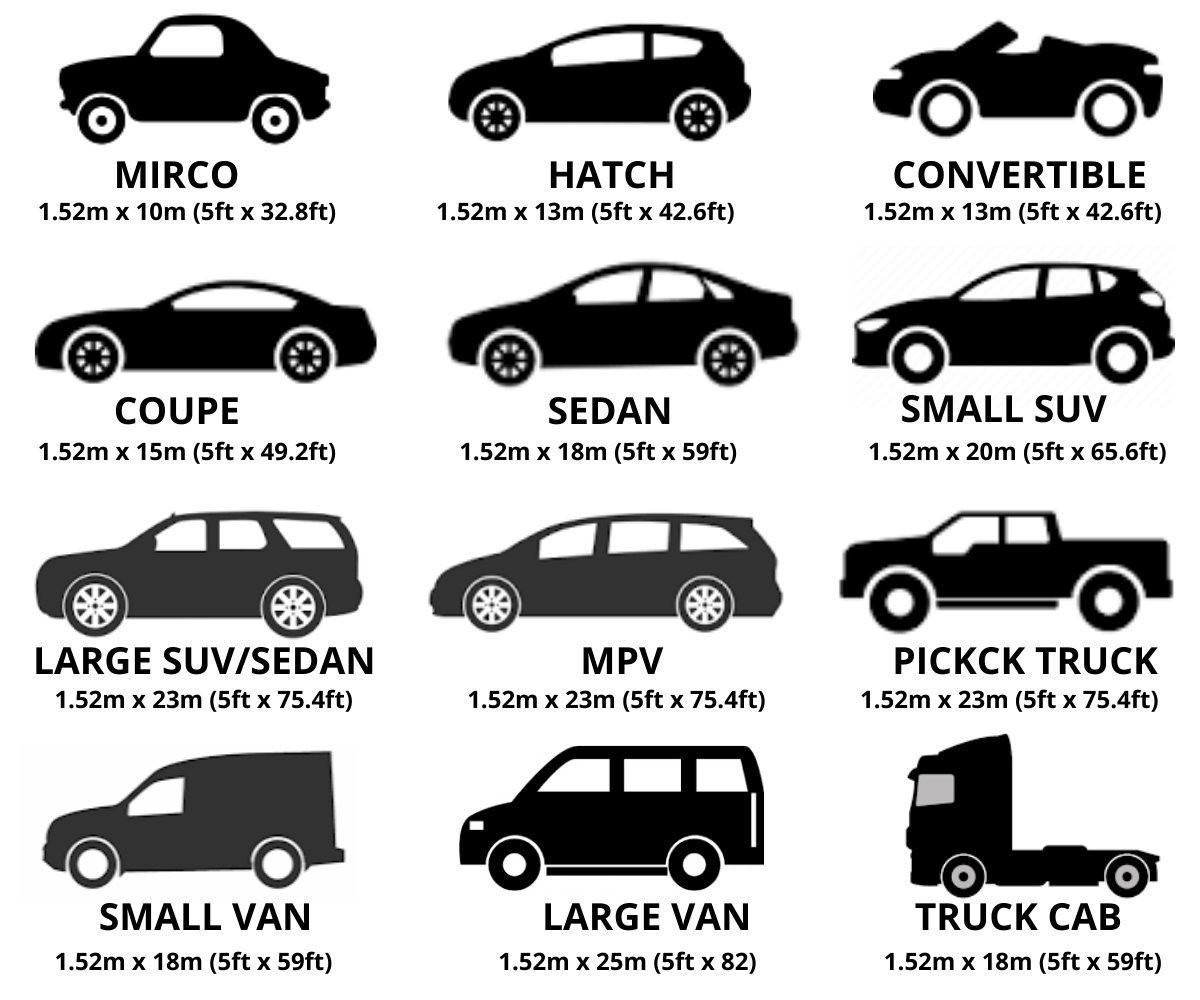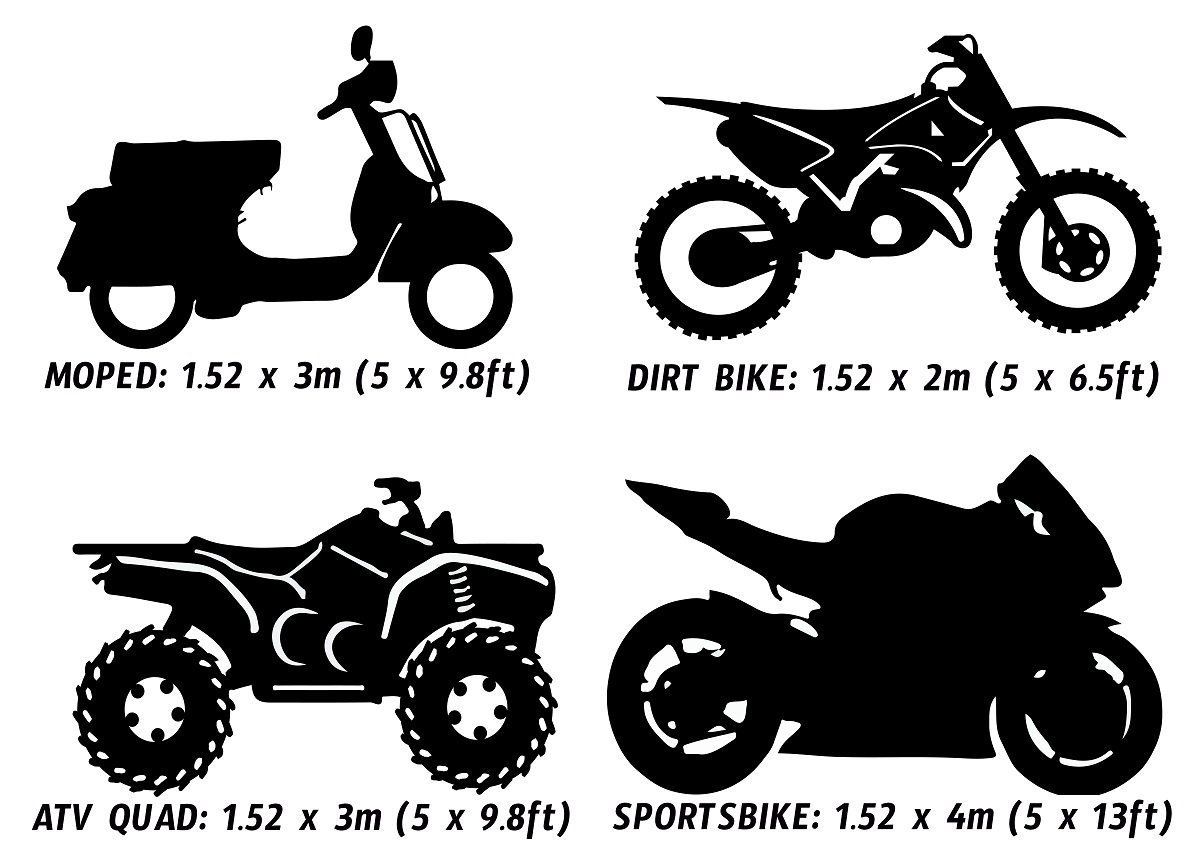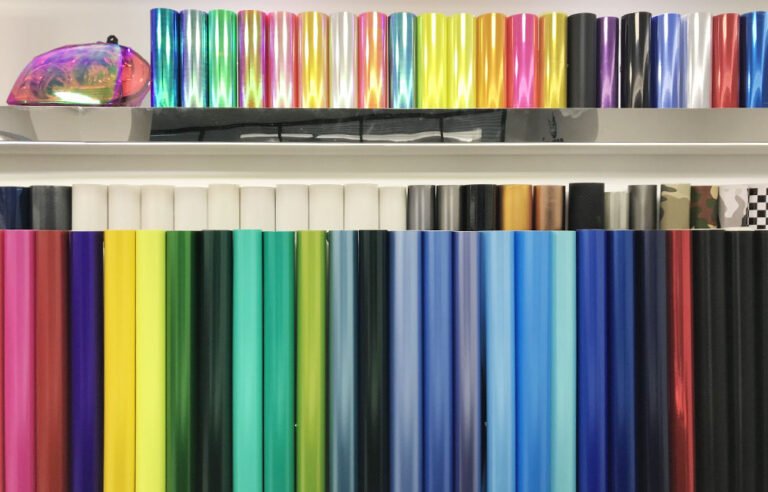Factors Affecting Vinyl Consumption
Here are some factors that affect vinyl consumption when wrapping a car:
1. Surface Area of the Car:
– The total surface area of the car is a significant factor in determining how much vinyl will be needed. Larger cars will require more material compared to smaller ones.
2. Type and Model of the Car:
– Different car models have varying shapes, sizes, and designs. Some cars have more intricate details, such as multiple curves, crevices, and distinct features, which can impact the amount of vinyl needed.
3. Complexity of Curves and Contours:
– Cars with sharp angles, complex curves, and intricate contours require more vinyl because the material needs to stretch and adhere to these surfaces properly.
4. Number of Panels to be Wrapped:
– Full car wraps cover all exterior panels, while partial wraps may only cover specific areas (e.g., roof, hood, doors). Full wraps require significantly more vinyl than partial wraps.
5. Design and Pattern of the Wrap:
– Elaborate designs, intricate patterns, and custom graphics can affect how much vinyl is needed. Intricate designs may require more material to ensure proper alignment and coverage.
6. Color and Finish of the Vinyl:
– Different colors and finishes (gloss, matte, satin, metallic) may have varying thicknesses or adhesive properties. This can influence the amount of vinyl required for a specific project.
7. Waste and Overlap Allowance:
– Wrapping involves trimming excess vinyl and allowing for overlaps to ensure seamless coverage. It’s essential to factor in a certain amount of waste and overlap when estimating vinyl consumption.
8. Experience and Skill Level of the Installer:
– A skilled and experienced installer may be able to work with the material more efficiently, potentially reducing the amount of vinyl needed. Less experienced installers may use more material due to adjustments and corrections.
9. Preparation of the Surface:
– The condition of the car’s surface prior to wrapping can affect the vinyl’s adhesion. Proper cleaning and preparation can reduce the likelihood of needing extra material for re-wraps.
10. Quality of the Vinyl Material:
– Higher quality vinyl may be more forgiving during installation, potentially requiring less adjustment or reapplication. Cheaper or lower-quality vinyl might be more challenging to work with.
11. Climate and Environmental Conditions:
– Extreme temperatures, humidity, or adverse weather conditions can affect the adhesion and stretching capabilities of the vinyl. In some cases, extra material may be needed to compensate.
Remember, it’s always a good practice to consult with a professional installer or supplier, especially for complex or custom projects, to get the most accurate estimate for your specific car wrapping needs.

